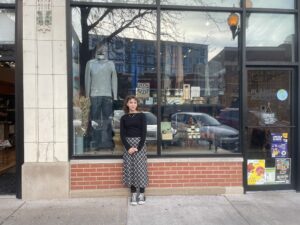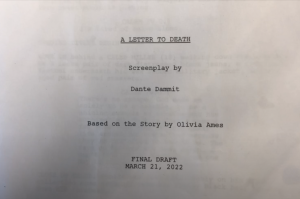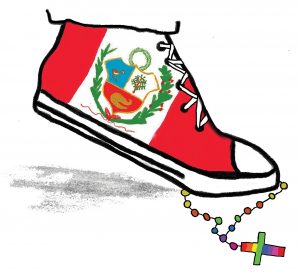
For over 100 years Chicago’s Maxwell Street Market in Little Italy has been showcasing the city’s most prominent ethnic cultures.
Today, the market once known to the locals as a place where anyone could find and buy anything, is quickly shifting its focus to becoming a multi-cultural “food destination.”
“We try to coin ourselves as the ‘food festival,’ and we try to offer a variety of different cultures of food,” said Lionell Martin, who has been Maxwell Street Market’s coordinator for more than two years, and has been affiliated with the market for more than 30 years, as his parents were once vendors there. “We have everything from American barbecue to polish sausages and Hispanic food. We try to keep a mixture of different types of cultural food here at the market.”
Since the beginning, the Maxwell Street Market has continuously reflected the thriving cultures of Little Italy. It was deemed an official market by the city of Chicago in 1912, despite being operated for more than 20 years with no official sanction.
In the 1900s Little Italy was home to a large Jewish population, which the market reflected, once being called “Jewtown” by the locals.
In the 2000s, the Hispanic population brought its fresh taquerias, candy and nut carts, as well as live music to the historic site.
The market, like the neighborhood, is now known as multi-cultural. Little Italy’s population is 33 percent African American and 19 percent Asian, as well as 10 percent Hispanic, according to U.S. Census data.
“It’s Maxwell Street Market, it’s always been that way,” said Maricela Villa, co-owner of Villa’s Nuts & Candy with her husband, whose operated at the market for 16 years. “The people here are a variety of Hispanics, African Americans, Caucasians–it’s a variety of people. Unfortunately, it’s not the same as it used to be, but we are still around.”
Although there are still a variety of goods being sold at the market, the vendors know that there has been a shift in focus, from everyday “garage-sale” items–like toys, toiletries, and clothing–to “made-to-order” food.
“A lot of people come to eat now; it’s not like it used to be back in the day,” said Dawi Opara, a vendor of various items at the market. Although Opara has only been selling his “knickknacks” there for five years, he has already noticed a decline in interest for shopping.
“Some of them (the patrons) do come to spend money but it’s more of a tourist attraction now,” Opara said. “It was a tourist attraction then, but it’s even more so now.”
Some feel that the city’s regulations on the market have pushed a variety of vendors and local patrons away. Vendors cite the city’s demands for permits and licenses as the reason why some long-time merchants have stopped returning to the market.
“Maxwell Street used to be more like a people’s market,” said Alejandro Naranjo, a representative for the Green House of Steak Restaurant, while stuffing a taco for an eager customer.
“You didn’t have to have a permit, you didn’t have to buy a license, you didn’t have to do any of that stuff,” said Naranjo, whose restaurant has been in Maxwell Street Market for 31 years.
Martin agreed that regulations are more tight now, but stressed that it’s necessary to keep the market running smoothly.
“It’s been regulated through the city of Chicago and it’s more controlled,” he said. “Now we require vendors to be licensed and obtain a permit if they’re going to come out and sell because we are providing the resources for the market.”
Martin added that these fees help pay for resources, such as the market’s cleaning crew, security, and portable restrooms, among others.
Although these added fees and regulations have dwindled the variety of vendors, those who still sell and buy at the historic market have hope that this Chicago tradition will continue for yet another century.
“Our market shrunk a little, but I think with the time, we will start seeing more and more people come back,” Villa said. “You cannot come to Chicago without visiting Maxwell Street Market,” Villa said.
If you go:
Sunday from 7 a.m. to- 3 p.m. until the end of summer

























Be First to Comment